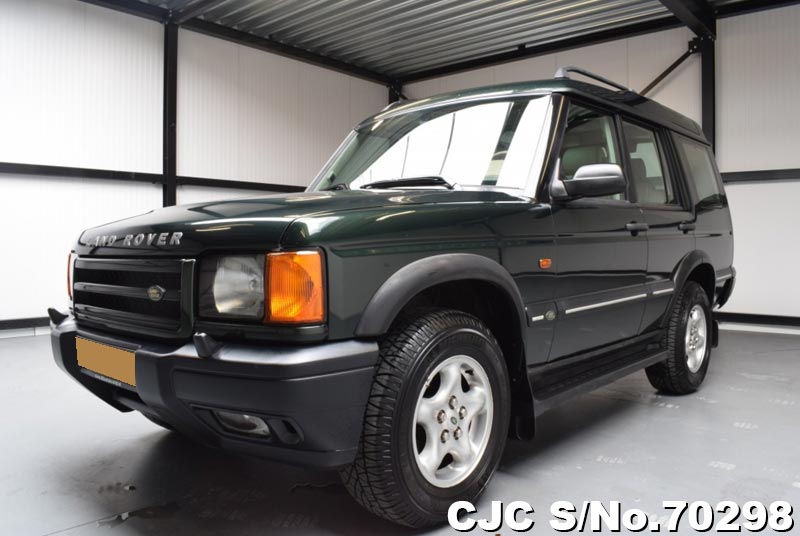

Though the Range Rover was steadily upgraded and selling well, Japanese competitors were eating into luxury sports utility 4×4 sales with cheaper rivals like Toyota’s Land Cruiser. That’s some achievement but for Land Rover executives in the Eighties, it wasn’t enough. Coupling good design with canny marketing, Range Rover became a brand in its own right, with recent worldwide sales in hundreds of thousands every year. Perhaps in hindsight the Range Rover’s instant sales success was no surprise. Like the estate, it could serve as transport between the city and weekending in the country but once there, the Range Rover could tow a horsebox across a field. The Range Rover instantly appealed to the well-heeled country set as a more capable alternative to their default high-end estate car. The innovative Range Rover was a far cry from the farmer’s utilitarian Land Rover. More than that, the Range Rover combined excellent off-road ability with sufficient pace to cruise the motorway network. It’s no exaggeration to claim that when launched in 1970, the Range Rover created a brand new market segment, for four-wheel drive cars offering comfortable and stylish transport for four or five occupants. Both are on the modern classic radar these days, so we try to pick a winner. Think classic Land Rovers and the two products which don’t immediately spring to mind are the Discovery 2 and Range Rover P38A.


 0 kommentar(er)
0 kommentar(er)
